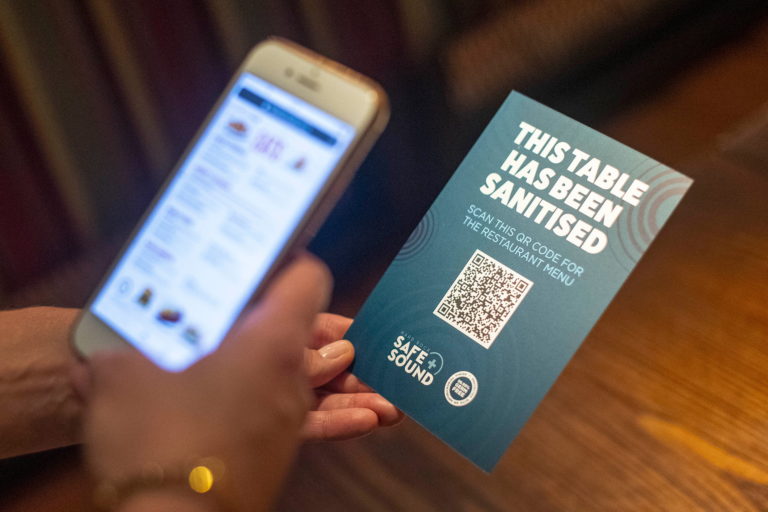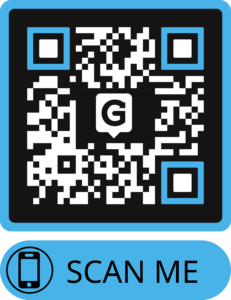Audiences are finally adapting a technology we’ve tried for years.
The muse-tech/digital engagement community was ahead of the game when it comes to QR codes. Apparently though, we were TOO far ahead of the game.
Who remembers seeing hundreds of small QRs around an encyclopedic collection next to individual pieces of art and artifacts? Or a mysterious pixelated square floating around, and wondering “what the heck is that for”? Or even worse, trying to scan these boxes over and over to no avail, not knowing that you needed an app reader to do so?
There were so many reasons why QR codes failed in the muse-tech space in the past, and it was for similar reasons that apps used to fail as well. We as professionals expected visitors to know what to do with these little codes. They did not. But boy has that all now changed.

Changes in Expectations
I am always thinking about how to meet visitors where they are and give them the practical tools they need to cater to their curiosity. Ease of access to interpretation has always been a necessity but obviously what is easy and accessible changes with both technology and cultural norms.
The pandemic changed our culture’s willingness to use technology for the most simple and benign tasks, in order to reduce touch points and therefore perceived potential viral spread. Grocery delivery apps saw sales increase by 233%. Users of contactless payments such as Apple pay has risen. And, about 52% of restaurants offer QR code menus, compared to virtually none doing so prior.
With data like this across multiple industries, it is safe to assume that visitors now more than ever expect a BYOD approach to digital interpretation.
What Now?
Riding the wave of the QR code adoption is absolutely to our industry’s benefit. Handheld audio devices were for so long synonymous with the term “audio tour” because it was the widely accepted and expected self-guided media delivery mechanism. We tried too soon to push audiences toward very foreign QR codes before smartphones even had native QR readers in their operating system cameras. We also tried to push visitors to download heavy and confusing apps before unlimited data and reliable building WiFi were common. Now we have visitors showing us a tool they are actually using elsewhere in their daily life – a tool that has become so second nature – that it behooves us to provide them access to stories via this tool as well.

Use vs. Misuse
Now my fear, brought on by conversations with both clients and industry friends, is that we may misuse or misconstrue the learnings of QR codes. What makes QR effective is its ease of use and wide adoption. Once we start complicated their purpose, or making visitors scan them more than once or twice, we begin to stray from the lessons we have learned in the past, and away from the adoption behaviors we now see today.
QR codes in museums can provide easy access to interpretation. Easily link visitors to artist videos. Simply provide access to your menu of audio tours. QR codes should not be used as a replacement to a wall numbering system. The point is, make visitors constantly have to scan codes, and the simplicity and effectiveness of these little boxes is gone. At the end of the day, we need to leverage this tech as a means of accessing content and media. Not in driving an experience as a whole.


